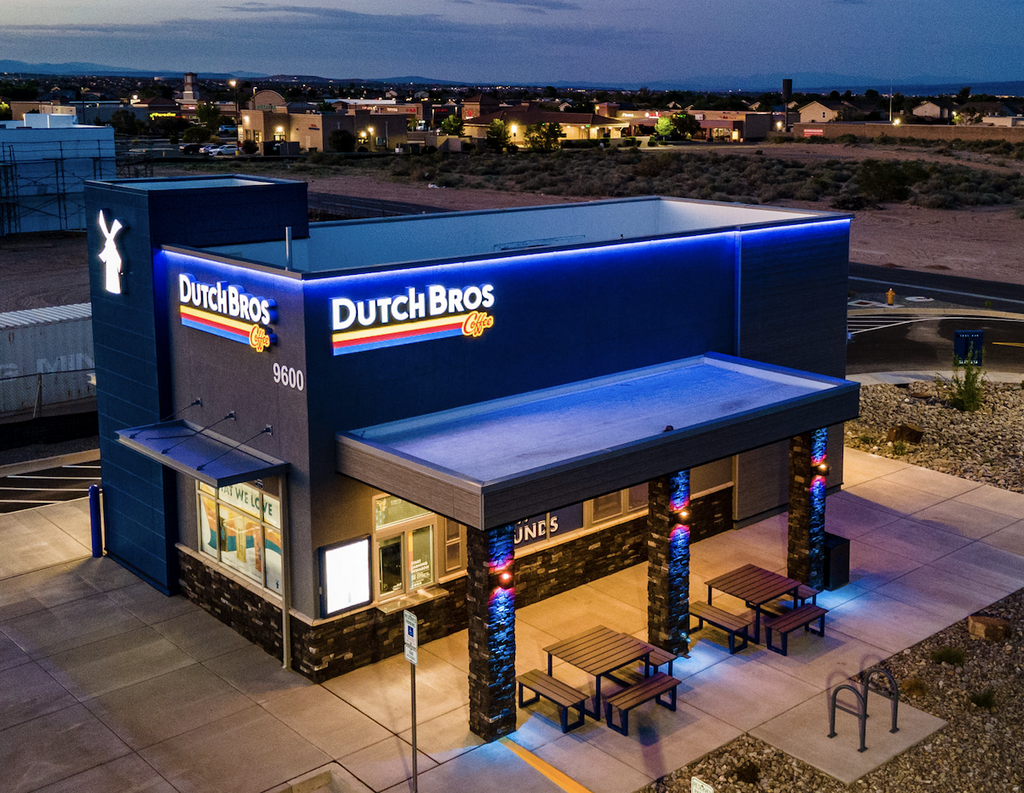
Packed meat, such as steak, lamb, and bacon, is frequently stolen from supermarkets and convenience stores. These items are expensive and in high demand, making them easy to sell door-to-door or in pubs and clubs. This trend reflects the economic pressure on individuals who might resort to theft to obtain or resell luxury food items.

Razor blades are another commonly shoplifted item. They are small, expensive, and always in demand, with a ready market for resale. The theft of such essential but costly items highlights the struggle many face in affording basic personal care products.
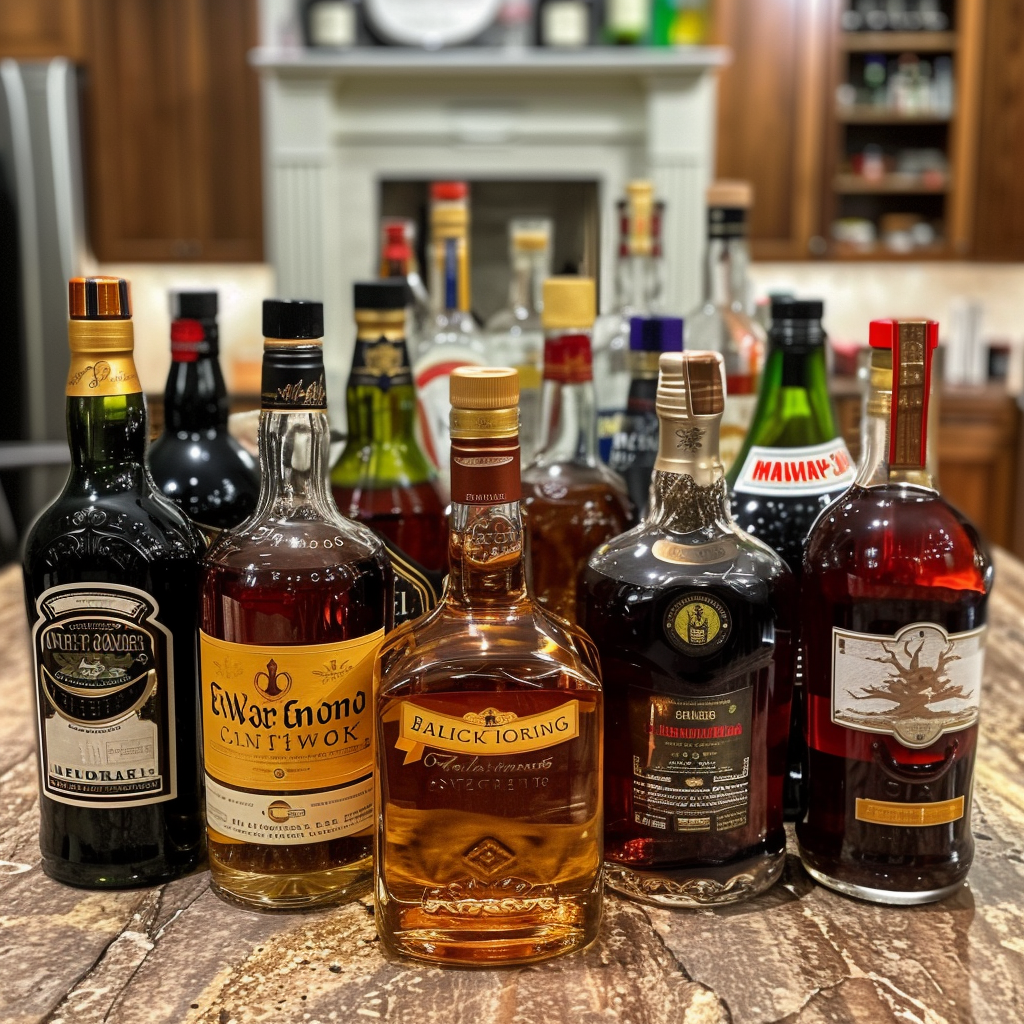
Alcoholic beverages, including whisky, champagne, gin, and prosecco, are often targeted by shoplifters. These high-value items have a thriving illegal market. The popularity of artisan gin has only increased its theft. This trend underscores the desire for luxury and recreational products, even as income inequality makes them unaffordable for some.

Cosmetics, makeup, and lipsticks are regularly stolen for personal use, as gifts, or for resale. Their small containers make them easy to conceal in pockets, bags, or knapsacks. This category also includes sun-cream, skin-cream, hair treatments, and shampoo. The theft of these items indicates a demand for personal care products that may be considered non-essential luxuries by those struggling financially.

Cheese, once the most-stolen product in the UK and Europe, continues to be a target for shoplifters. It may be stolen for commercial purposes, especially expensive varieties like parmesan. The high theft rate of such a common grocery item reflects broader economic challenges and the lengths people will go to obtain or resell basic food products.
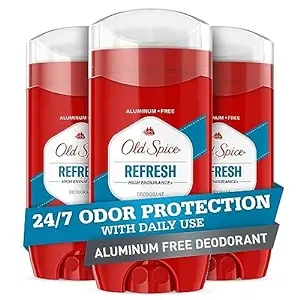
Branded under-arm deodorants are popular items for shoplifters, often stolen in bulk by sweeping a fixture with one’s forearm. These products are both necessary and costly, highlighting the financial strain that leads individuals to steal essential hygiene items.
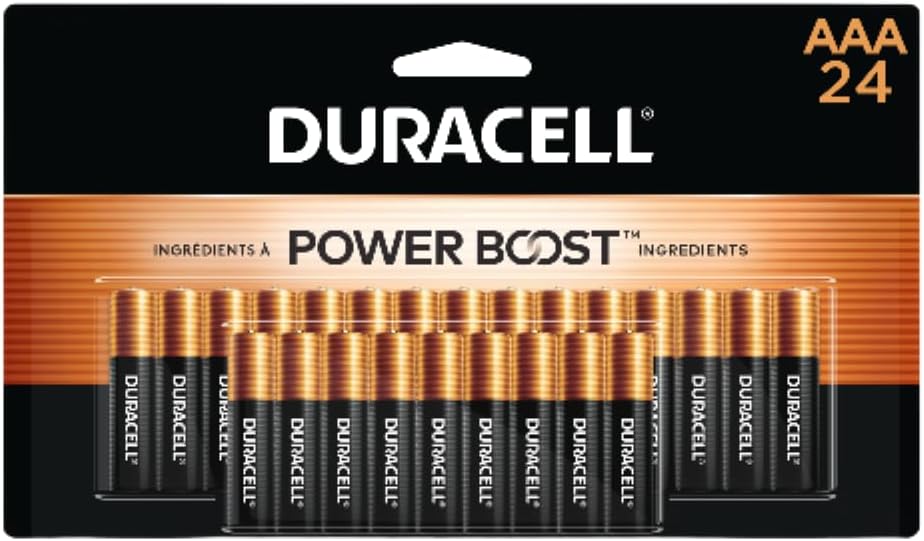
Batteries, small and expensive, are regularly shoplifted. They are in constant demand, which makes them a target for theft. This trend illustrates how even minor but necessary items become valuable commodities in a context of economic hardship.
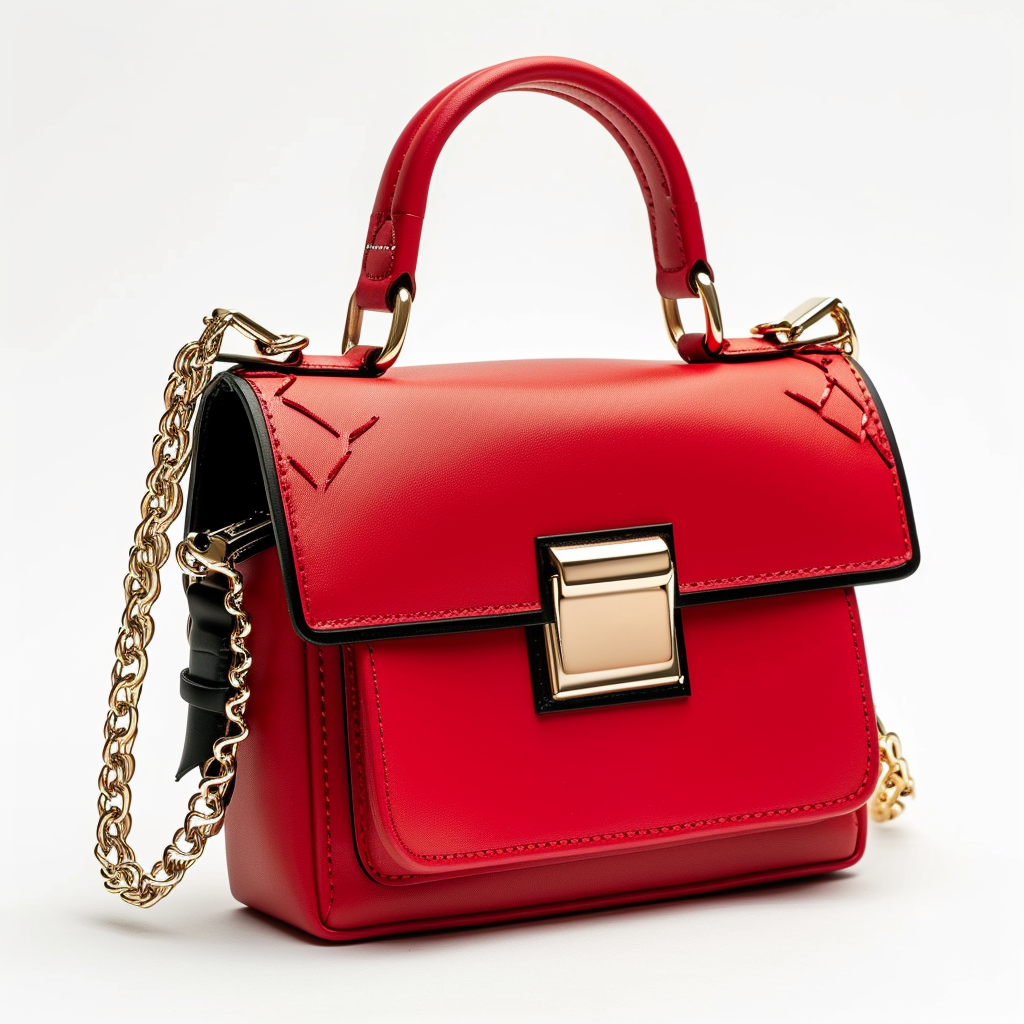
Clothing accessories, including scarves, handbags, purses, and gloves, are often stolen. These small, expensive items are easy to conceal and have a high resale value. The theft of these items points to the desire for fashionable goods that may be out of reach for many due to financial constraints.

Coffee is frequently shoplifted due to its high cost and regular demand. It may be stolen for personal use or resale. In contrast, ordinary packet tea, which is much cheaper, is rarely targeted. The theft of coffee underscores the economic pressures that make even everyday consumables a luxury for some.

Baby clothes are often stolen, as growing babies frequently need larger outfits. The potential market for selling these items is easy to spot, reflecting the financial burden of providing for children and the lengths to which some will go to meet these needs.

Jeans, popular across all age groups from baby boomers to millennials, are often stolen in batches. The shift towards more casual dress, even among office workers, has increased their popularity. This trend shows how the demand for versatile, everyday clothing items drives theft.

Perfume and fragrance are costly products that are relatively easy to steal. Their high value and desirability make them frequent targets for shoplifters. The theft of luxury fragrances highlights the economic divide that places such items out of reach for many.

Small electrical goods and accessories, such as electric toothbrushes, smart speakers, iPads, headphones, shavers, and data sticks, are often stolen. Although smartphones are less likely to be stolen due to robust security measures, other small electronics remain attractive targets. This trend indicates the high demand for tech gadgets and the economic barriers to acquiring them legally.
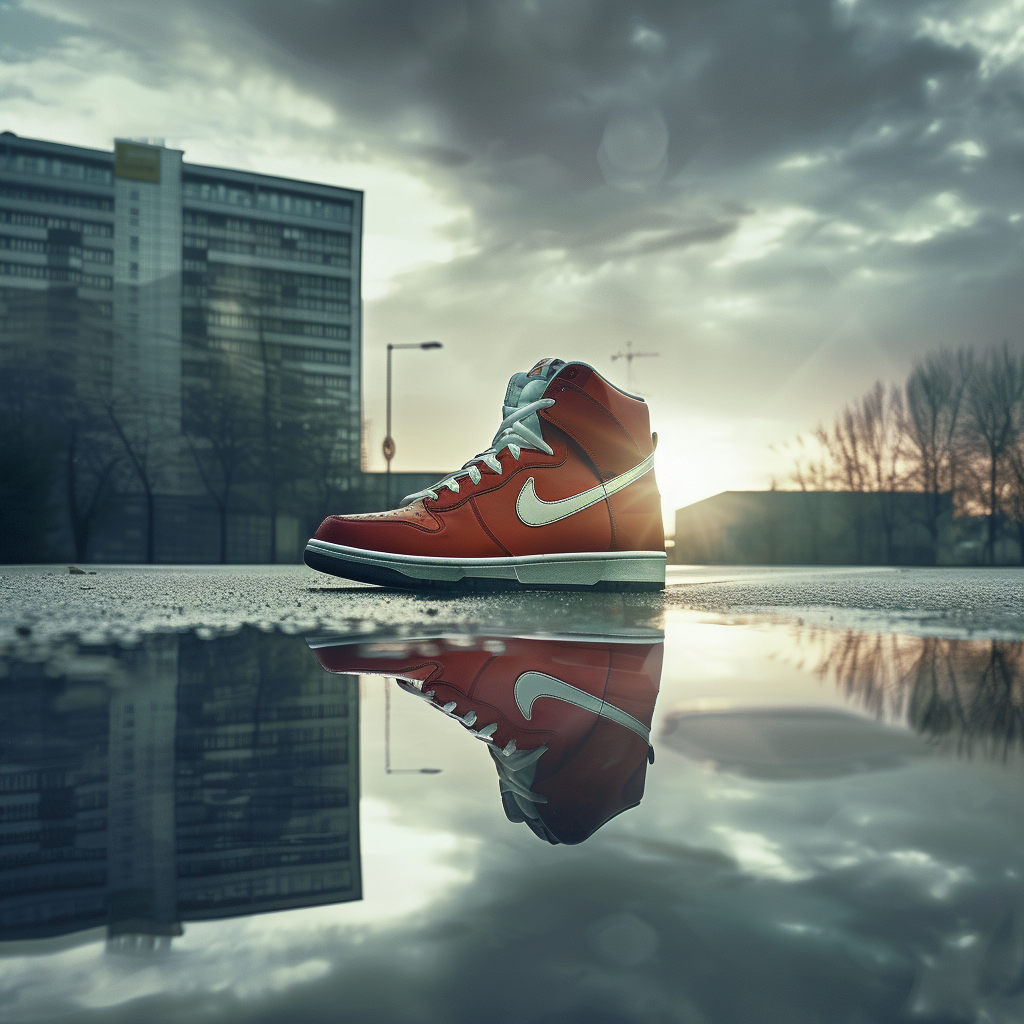
Sport fashion, including athleisure wear, branded items, sports shirts, football strips, and trainers, is frequently shoplifted. The rise in consumer demand for these items has paralleled an increase in their theft. This trend reflects the intersection of fashion, fitness, and financial challenges that drive individuals to obtain desired goods through illegal means.





